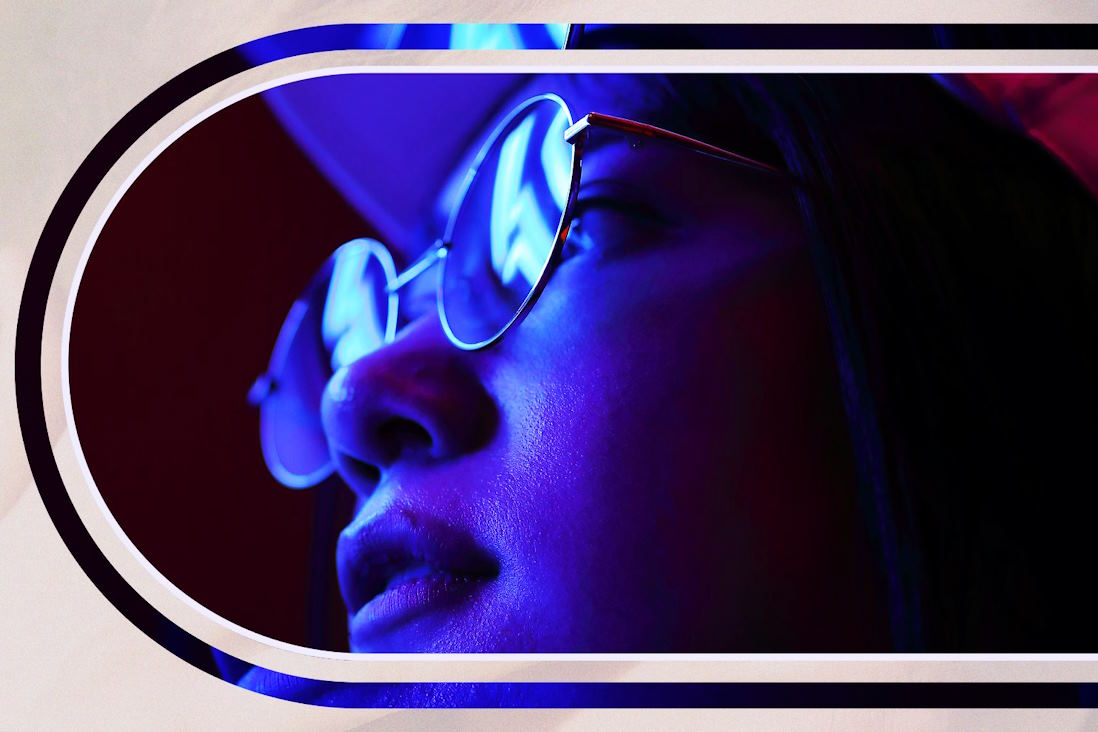Protecting Your Skin from Digital Aging Caused by Blue Light Exposure
In an era dominated by smartphones, tablets, and computer screens, our constant interaction with digital devices exposes our skin to a new form of environmental stress: blue light. While the adverse effects of ultraviolet (UV) radiation from the sun are well-documented, the implications of prolonged exposure to artificial blue light are only beginning to be fully understood. As we navigate the demands of our digitally-driven lifestyles, it becomes imperative to address the emerging concern of digital aging and take proactive measures to safeguard our skin.
The Link Between Blue Light and Skin Damage
How Blue Light Affects Collagen Production
Collagen, the structural protein responsible for maintaining skin elasticity, is significantly impacted by prolonged exposure to blue light. Studies suggest that blue light exposure may lead to the overproduction of free radicals, which, in turn, breaks down collagen fibers. This process accelerates the aging of the skin, contributing to the formation of wrinkles and fine lines. Understanding the intricate connection between blue light and collagen degradation is crucial for developing effective strategies to counteract the visible signs of digital aging.

Impact on Skin Cell Damage and Repair
Blue light penetrates the skin more deeply than UV rays, reaching the dermal layers where skin cells reside. This penetration can induce damage to the DNA within skin cells, hindering the natural repair processes. As a result, the skin’s ability to regenerate and maintain a youthful appearance is compromised. Recognizing the intricate dynamics of blue light’s impact on skin cell health underscores the importance of adopting preventative measures to mitigate potential damage.
Contribution to Oxidative Stress and Inflammation
Blue light exposure has been linked to an increase in oxidative stress, leading to the release of reactive oxygen species (ROS) in the skin. This oxidative stress triggers inflammation, a key factor in various skin conditions. From redness to more severe inflammatory responses, understanding the contribution of blue light to oxidative stress emphasizes the need for holistic skincare approaches that address not only surface-level concerns but also the underlying cellular damage caused by prolonged digital exposure. Incorporating protective measures can play a pivotal role in maintaining skin health in our technology-driven lifestyles.

Strategies for Protecting Your Skin
Use of Blue Light Blocking Skincare Products
In the quest to shield our skin from the pervasive effects of blue light, incorporating specialized skincare products can be a game-changer. Look for ingredients such as zinc oxide and iron oxide, known for their ability to deflect blue light. Antioxidant-rich formulations with vitamins C and E can also provide an added layer of defense. To seamlessly integrate these products into your skincare routine, consider using a blue light blocking moisturizer or serum as a daily shield against the digital onslaught.
Adopting Screen Time Management Practices
Managing your screen time is a proactive approach to mitigating the impact of blue light exposure. Embrace the 20-20-20 rule: every 20 minutes, take a 20-second break, and focus on something 20 feet away. These short breaks allow your eyes to rest and reduce continuous exposure to blue light. Additionally, incorporate longer breaks into your day to step away from screens entirely, promoting overall well-being for both your eyes and skin.
Adjusting Device Settings
Harness the power of your devices to protect your skin. Activate night mode and utilize blue light filters available on smartphones, tablets, and computers. These settings adjust the color temperature of your screens, reducing the intensity of blue light emitted. Simultaneously, consider reducing screen brightness to further minimize potential harm. These simple adjustments go a long way in creating a digital environment that prioritizes both your skin health and overall well-being.
Posts
About
 Join our beauty tribe for a curated experience on our blog. Discover expert tips, trend updates, and transformative advice to redefine your routine. From skincare rituals to makeup mastery, embark on a journey to enhance your natural radiance. Let our insights guide you to a world of self-love and confidence.
Join our beauty tribe for a curated experience on our blog. Discover expert tips, trend updates, and transformative advice to redefine your routine. From skincare rituals to makeup mastery, embark on a journey to enhance your natural radiance. Let our insights guide you to a world of self-love and confidence.

